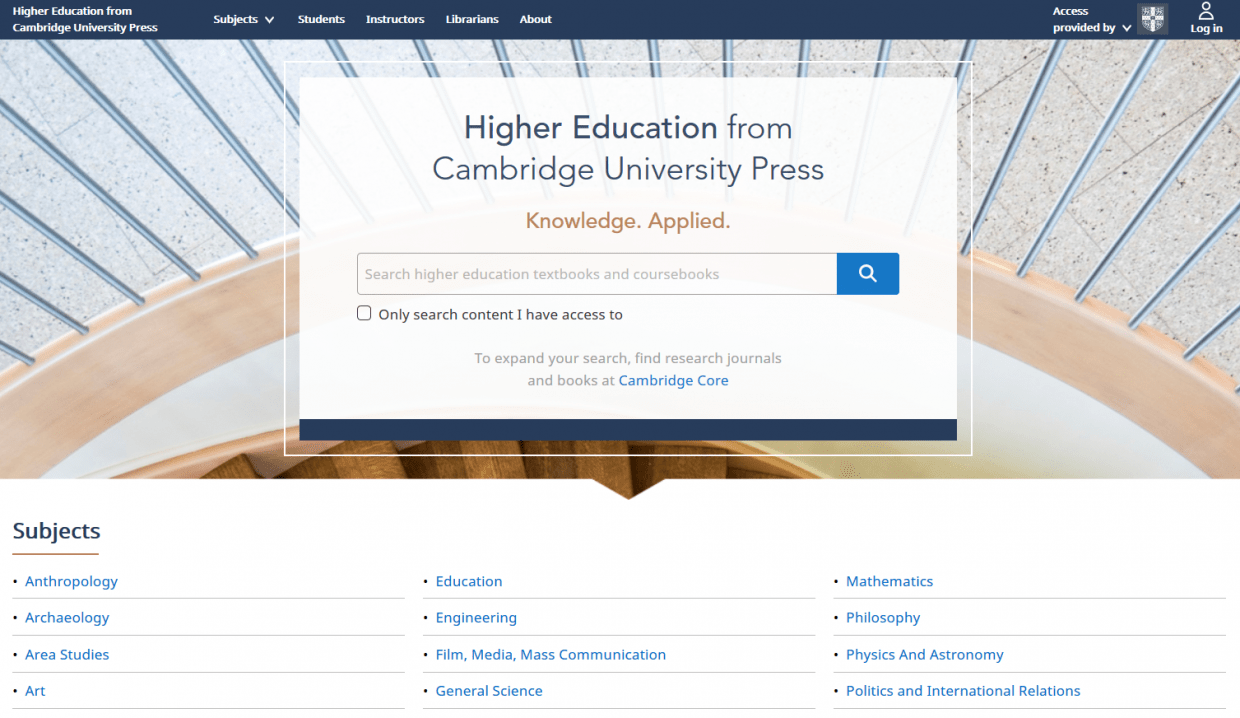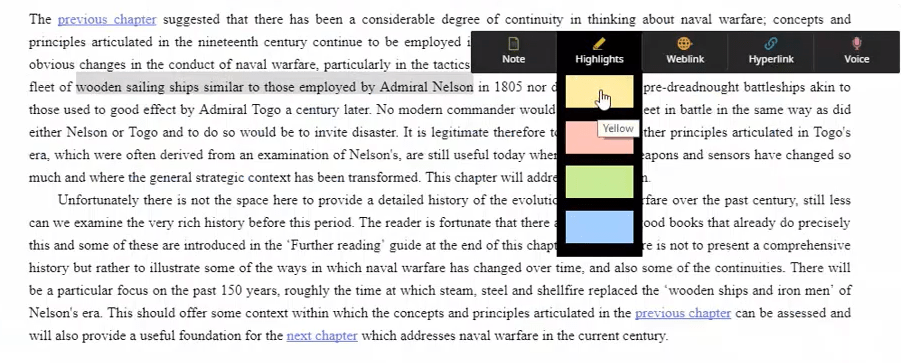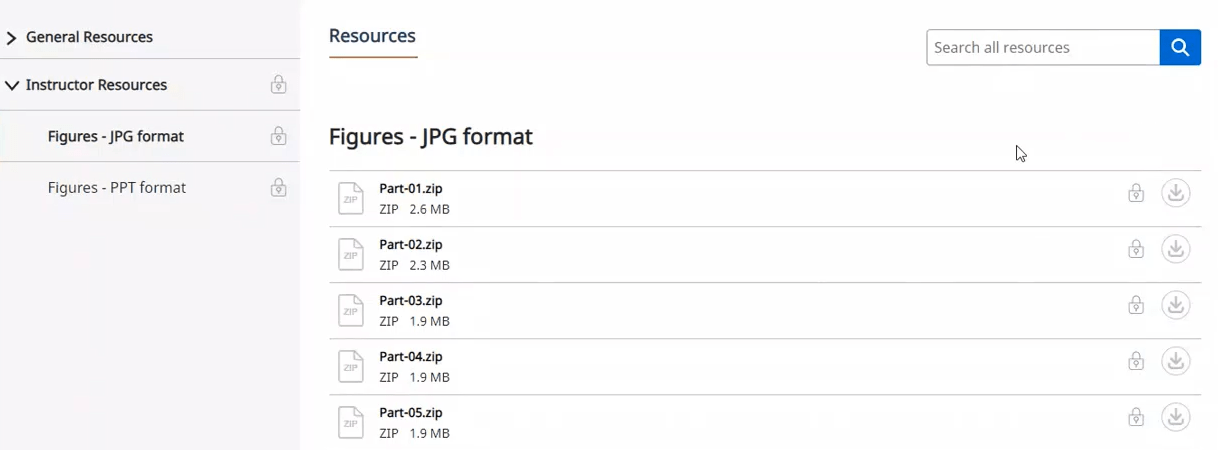A practical review of our new Higher Education website
Since the beta launch of Higher Education from Cambridge University Press in June we have received positive feedback, including about the new HTML reading experience, the powerful search tool and the new Examination Copy request form. At the hard launch on 21st August 2020, new features were added such as the ability to print, as well as the ability for users to specify that they are instructors, which then gives them access to additional features and resources. But nothing made instructors more excited than supplementary materials and offline reading capabilities that include the ability to highlight text and make notes.
Researching for this blog I spoke to Alexander Fafinski, a professor in National Security Affairs at a leading postgraduate institution, and Pamela Cooper, Head of Higher Education Sales, Americas at Cambridge University Press, who explained why these are the key features for learning in the 21st century.

Online and offline reading
In these current times of uncertainty, many schools have decided to go online to be prepared for any unexpected situations. Professor Fafinski specifically needs his students to be able to conduct their studies without access to the internet, whether via cable, WIFI or 4G. To meet this need, offline reading capability will be delivered through our Cambridge Spiral app on desktop and mobile devices and will allow users to add notes and highlights. “The use of e-readers allows our students the flexibility to deal with Covid-19 as well as travel requirements, for both instructors and students that may force them offline”, – says Alexander Fafinski. He believes the ability to work offline is a crucial feature for students, who try to balance their work/home life during the pandemic and sometimes need to study in unusual but quiet places that may have limited bandwidth or no internet connection .
The foundation of Professor Fafinski’s course is theory that comes from textbooks and other sources. Students get assignments ahead of time and during classes they can drive the discussion to talk about what interests them while the professor implements what he calls a “small rudder input” to make sure students cover all of the objectives and “everything we need to get them through in order to understand the rest of the course, because they need that solid theory foundation.”
“I would see the students on their devices trying to find references, or having to look at some notes that they have written and then go back and flip through online pages to try to figure what they want to talk about” – says Professor Fafinski, – “they need the ability to highlight and take notes in the textbook so they can quickly reference the theory as discussion continues through other topics and applications. This capability would improve the environment in the classroom, speed up discussion and let students concentrate on the learning.” Based off this feedback we have included the ability to highlight and take notes in the Higher Education site and Cambridge Spiral app.

Supplementary materials
Supplementary materials on Higher Education from Cambridge University Press will include video, testbanks, powerpoint slides, suggested curricula and other supporting content. This material will differ for each individual book and will be freely available to all adopting instructors and is designed to support them in their teaching. For instance, testbanks can be used to assess students’ learning as well as for more formal testing. They are designed to be easily integrated with learning management systems to ensure they are easy for instructors to use.
Additional materials will be available to students to support their learning. All this content will be hosted on the website alongside the book, to be easily located and accessed. Professor Fafinski stated that these types of materials are important for the seminar-based and Socratic method of education his institution offers, where students are given the knowledge and tools to be able to lead the discussion.

Integrated learning
Higher Education website access options are quite flexible and allow institutions to get access to either customised or full collections. “It is going to appeal to a certain group of professors. That notion of being able to have books that students can access and use throughout the course. As students move to another course, they still have that book, which is an attractive feature from the learning perspective as that adds value to your education.” – says Pamela.
Professor Fafinski agrees: “Copyright is a big deal to us so we make sure we do everything 100% by the law, what we need is a website that allows us to comply with guidelines but makes available resources that we otherwise couldn’t afford to buy or don’t want to purchase in a textbook form”. We designed the Higher Education website to open up that myriad of other products so instructors who are looking for content for course have a tool to find resources they otherwise might not otherwise have access to.
Those users who have access to both Cambridge Core and the Higher Education from Cambridge University Press website will be able to access both websites via the same login. “What excited me about it, is the potential it has to really provide this integrated type of learning around the range of materials that we have. You can pull a chapter in from the Higher Education website and you can pull in more easily an article from a journal and other materials that Cambridge University Press publishes”, – says Pamela.
Click here to see a list of new features planned for the Higher Education from Cambridge University Press website in 2020.






